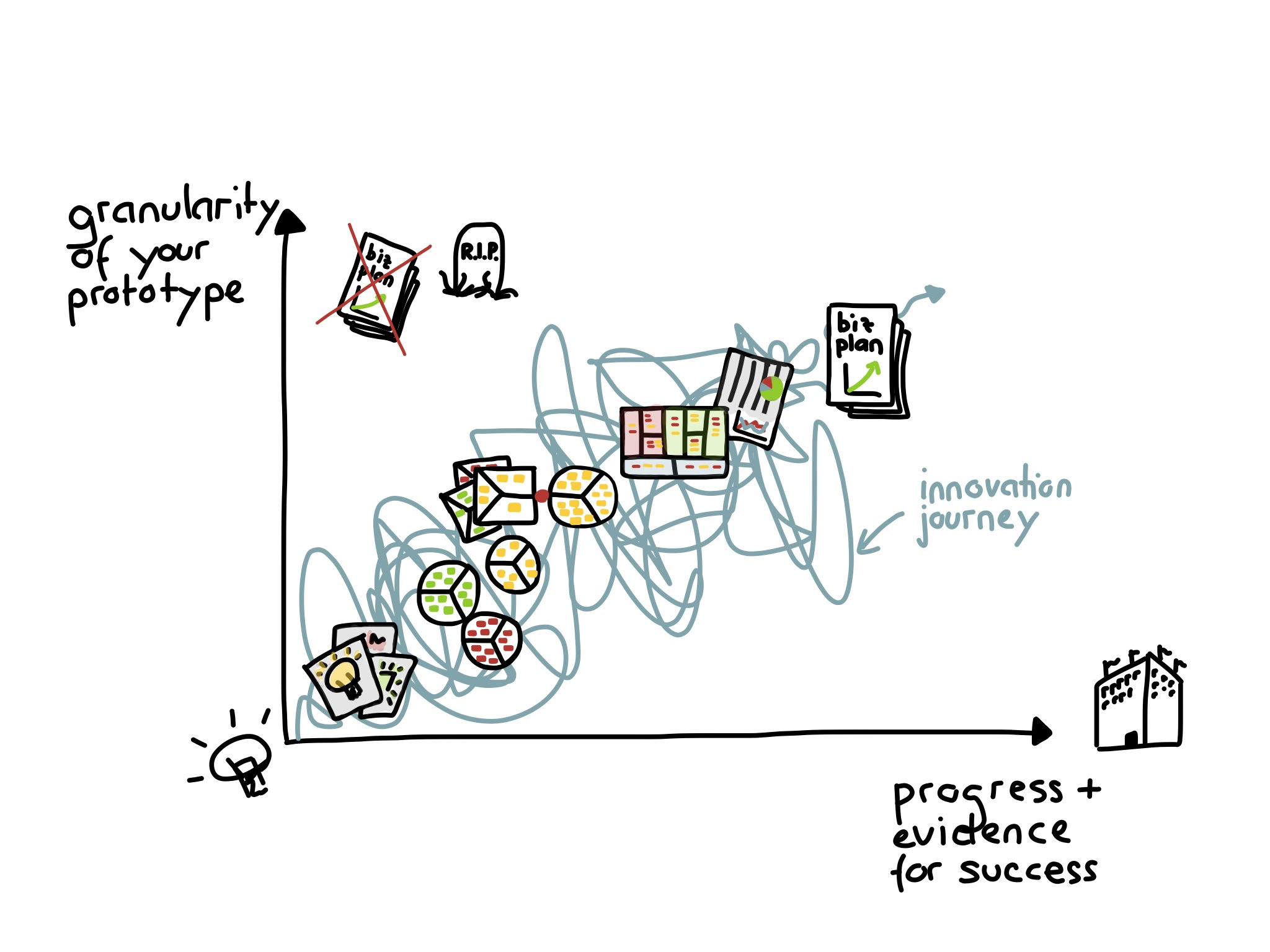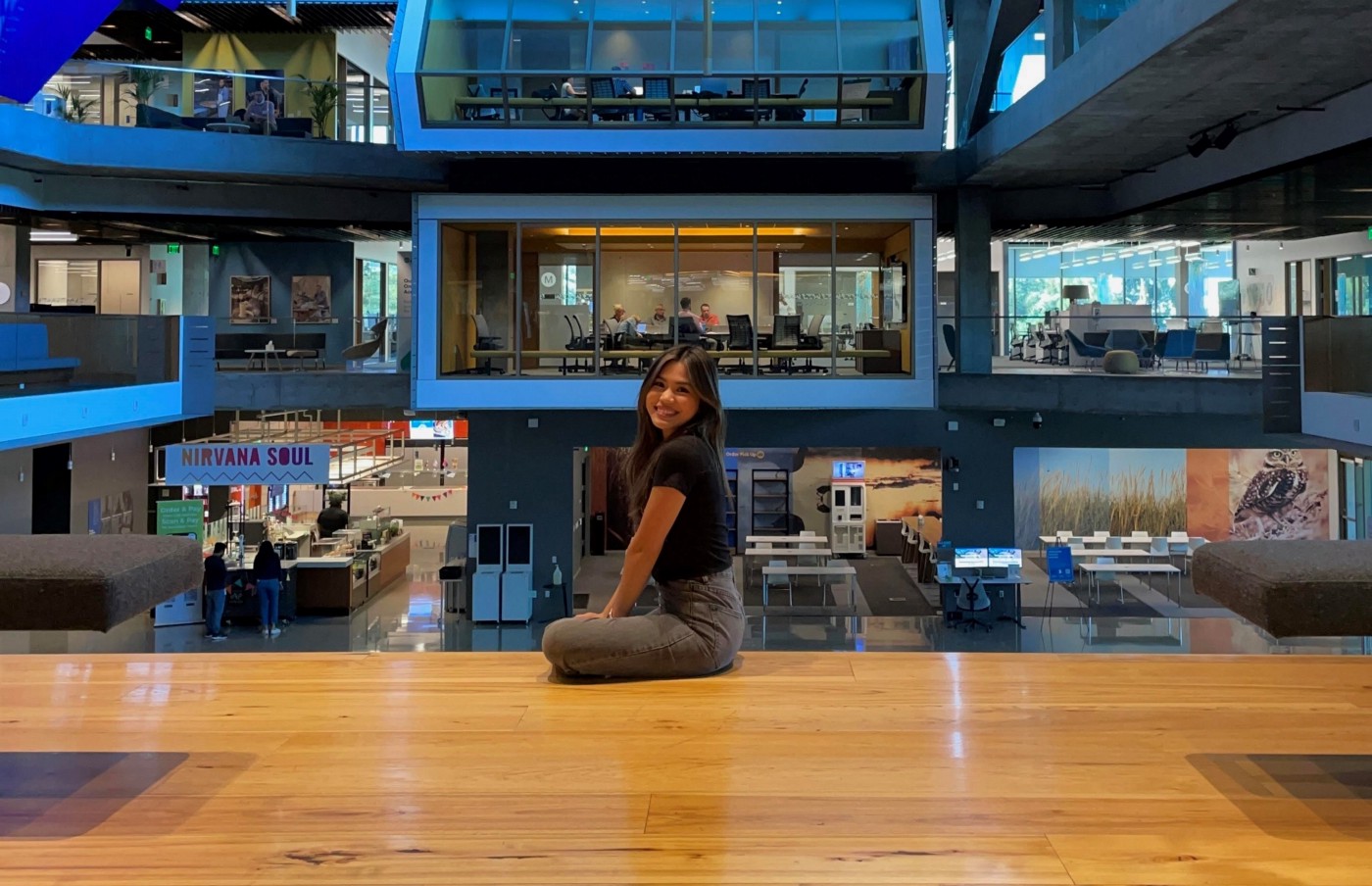“Leadership style needs to be flexible—it’s not about becoming the leader that you want to be, it’s being the leader that your team needs you to be,” said David Chon, Head of Design for Mailchimp. We were finishing up our 1-on-1 one afternoon. David didn’t just drop this insight, though I do feel like I learn something every time I see him; this came out of interviews with different leaders I had this past year.
I’ve been a manager for three years now, but still feel like I’m a newbie at this people-leading part. Leadership can be lonely, so I went on a mission to connect with others in the same space. I wanted to supplement Intuit’s amazing manager training and frameworks with learning directly from those that have been there before me.

Commonalities and themes
I had 30-minute conversations with people leaders inside and outside of Intuit, including designers, PMs, dev managers, VPs, and more. I came up with questions to guide and steer the conversation, and took notes along the way. The chats had a big impact on me, as I was able to practice talking about my own career journey, my aspirations, and my challenges.
I found that there were more commonalities than differences in the challenges we faced, no matter the team or size of the company. I learned that leadership style isn’t static and it’s important to seek out diverse perspectives and experiences when it comes to your own development. In talking to others about their leadership style, I was able to define my own. Drumroll, please–at my core, I’m approachable, nurturing, and clear.
I also heard two recurring themes in these conversations: 1) delegating work isn’t easy, and 2) letting go of work once you’ve delegated it isn’t easy. You need to establish trust and figure out the right level of communication, but in doing so you’re empowering yourself and others. I also heard that you’ll need to look at your own success in a new way (Hint: through other people’s achievements).
Everyone I met with was willing to get personal–vulnerable even–in sharing about themselves, past and present. You often hear from these amazing leaders and assume they had a roadmap for getting to where they are, but several people talked about how they just fell into their role as a leader. It means that others saw something in them. My “aha” moment was to not wait until you feel like you’re ready. Take on opportunities and trust that you’ll learn along the way. Fake it till you make it.
Another common theme was old habits die hard, and that’s ok. “Don’t fall back on your IC work,” Nicole Parente-Lopez told me. The Executive Creative Director at Intuit recalled a time when her Adobe creative license expired and she purposely didn’t renew it so she wouldn’t be tempted to jump into files and design things. Her role required her to be hands-off and she, and many others I talked to, were careful to note that delegation isn’t a light switch, but something you get more comfortable with over time. Learning to scale yourself takes practice.

Management survival toolkit
After meeting with 35 different leaders this past year, I now have a lot of tools in my “management survival” toolkit. Here are eight that standout to me:
- Create a trusted coaching circle (made up of colleagues at your level or above).
- Don’t hesitate to ask for help. Sometimes a sounding board is all you need. (See above)
- Seek out clarity, and in turn, be transparent as you grow. It’s ok to admit you don’t know what you don’t know. The path is less defined and what’s expected of you will grow exponentially.
- Focus on what the outcome is for your team. Let them figure out how to get there. Empower others.
- “Grit is important, [but] so is curiosity,” PM Director Jess Branam told me, explaining that “extreme ownership” is a mindset you need to have as a leader.
- Your job is to inspire, get people excited, and unpack the why.
- It’s essential to be ruthless in hiring. Don’t settle.
- Be able to fly at different altitudes by having both breadth and depth. Be ready to give feedback on a single design component in one meeting, then consider the strategic direction of an entire end-to-end experience in the next.
It’s worth mentioning that a bonus side-effect of these chats were the ripple effects. There were a number of people I met that further connected me to other managers, widening my network of folks at Intuit. I was also able to reconnect with a college classmate (now the global director of UX at Fantasy). Russell gave me this gem in our chat: “As a leader, you have to stay true to yourself. Authenticity reigns supreme.”
I shared what I was learning with my manager in our 1-on-1s, as a way to replay my takeaways. The conversations would turn into something like, “How does that apply to what you’re doing today?”

Being uncomfortable is good
Here’s how I’ve evolved a bit and applied what I learned to how I operate. I seek out more opportunities to stretch myself, instead of waiting to be invited (Being proactive is super important, wherever you find yourself in your career). I regularly remind myself that people management is a new skill that I’m learning. I’ve spent years focused on my design craft, and I’m shifting my focus. It’s going to be a bumpy road, and that’s OK. Lastly, I need to be OK with being uncomfortable. Things become fuzzier as you grow, so my role is to focus on helping define the future, be decisive, and have strong rationales.
My hope in sharing my experience is that I can encourage you to do the same. Take the time to talk to other people, and learn from them. You don’t always get the opportunity to work directly with all the talented people at Intuit, or in your network, but you certainly have access to them—so take advantage of that. Personal and career growth doesn’t happen in a vacuum.
Will you do the same? Set your own goal. Make it a practice.












